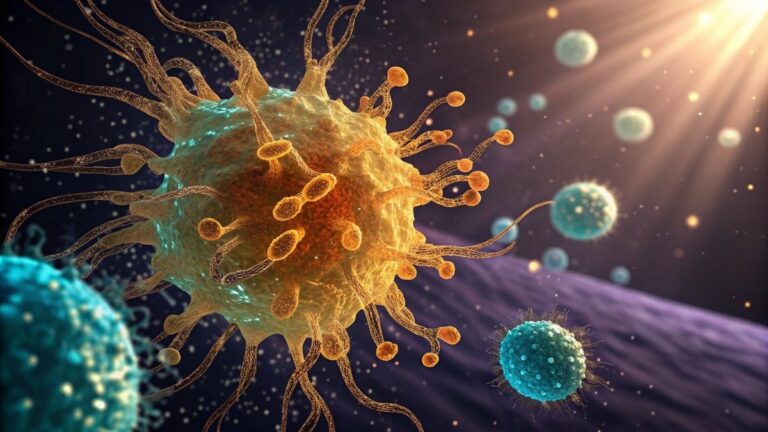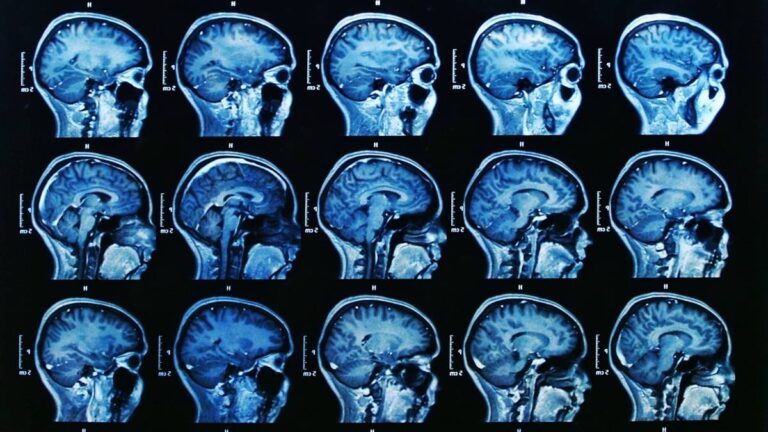This Simple Diet Could Help Protect Memory, Even with Alzheimer’s Genes

Does a family history of Alzheimer’s feel like a life sentence? For millions, the fear of “Alzheimer’s genes” (like APOE4) feels like it has already decided their fate. This can cause daily anxiety.
You might feel powerless against genetics. You see confusing advice about brain games and supplements. You just want a simple, proven strategy that actually works.
This article introduces the MIND diet. It is a simple eating plan shown by science to help protect memory with diet.
This is true even for those with a high genetic risk for cognitive decline. We will cover the science, list the exact foods to eat, and give you a simple plan to start today.

🧠 The MIND Diet at a Glance
Click on each block to discover how food protects your brain
📊 The Science Behind MIND
Reduction in Alzheimer’s risk with close adherence
2015 Rush University Study: People following the MIND diet closely reduced their Alzheimer’s risk by up to 53%.
Younger cognitive age with MIND diet
2023 Study: Even people with brain plaques who ate MIND diet foods had thinking skills equal to someone 7.5 years younger.
Key Insight: The diet builds “cognitive reserve” – a protective buffer that helps your brain work well even if damage is present.
🥬 10 Brain-Healthy Foods
- Leafy Greens: 6+ servings/week (spinach, kale, collards)
- Berries: 2+ times/week (especially blueberries)
- Other Vegetables: 1+ serving daily (mix of colors)
- Nuts: 5+ servings/week (walnuts, almonds)
- Olive Oil: Use as main cooking oil
- Whole Grains: 3+ servings daily (oatmeal, brown rice)
- Fish: 1+ time/week (salmon, mackerel, sardines)
- Beans/Legumes: 4+ times/week (all beans, lentils)
- Poultry: 2+ times/week (baked or grilled)
- Wine (optional): Max 1 glass/day (red wine)
Remember: It’s not about perfection – just aim to include these foods as often as you can!
🚫 5 Foods to Limit
The MIND diet isn’t about cutting everything – it’s about balance. Reduce these for better brain health:
- Red Meat: Less than 4 servings/week – High in cholesterol & inflammation
- Butter/Margarine: Less than 1 tablespoon/day – Use olive oil instead
- Cheese: Less than 1 serving/week – High in fat and salt
- Pastries/Sweets: Less than 5 servings/week – Spike blood sugar
- Fried/Fast Food: Less than 1 serving/week – Unhealthy oils damage brain
Key Principle: Progress, not perfection. Every small change helps protect your brain!
🧬 Your Diet Can Beat Your Genes
The APOE4 Gene: Having this “Alzheimer’s gene” increases risk, but does NOT guarantee you’ll get the disease.
Food choices build real protection
What the research shows:
- Diet nutrients build a “protective buffer” called cognitive reserve
- This reserve helps your brain work well even if some damage exists
- Protective foods fight oxidative stress (brain cell “rust”)
- Anti-inflammatory foods keep brain cells clean and healthy
Bottom line: Your genes don’t have the final say. Daily food choices give you real control over brain health.
🎯 Your Weekly Eating Goals
Daily Targets:
- Leafy greens: 6+ servings/week (almost daily)
- Other vegetables: 1+ serving every day
- Whole grains: 3+ servings every day
- Olive oil: Use as primary cooking fat daily
Weekly Targets:
- Berries: 2+ times per week
- Nuts: 5+ servings per week
- Beans/legumes: 4+ times per week
- Poultry: 2+ times per week
- Fish: 1+ time per week
Start Small: Add one serving of leafy greens this week, or swap one snack for berries!
💡 How the MIND Diet Protects Your Brain
MIND stands for: Mediterranean-DASH Intervention for Neurodegenerative Delay
Created by: Rush University Medical Center researchers who combined the best of Mediterranean and DASH diets, focusing specifically on brain health.
The Protection Mechanism:
- Antioxidants: Fight oxidative stress (brain cell “rust”)
- Anti-inflammatory foods: Reduce brain inflammation
- Omega-3s: Build and repair brain cells
- Steady energy: Whole grains prevent blood sugar spikes
- Flavonoids: Clean up damage in the brain (especially from berries)
Result: A more resilient brain with stronger cognitive reserve that can withstand age-related changes.
What Is the MIND Diet and How Does It Protect Memory?
The MIND diet is an eating plan that mixes two other very healthy diets. It combines parts of the famous Mediterranean diet with the DASH diet. The goal was to create one plan focused just on brain health.
“MIND” stands for a long, scientific name: “Mediterranean-DASH Intervention for Neurodegenerative Delay.” That name is a mouthful, but its purpose is simple. It was designed to help slow down cognitive decline as people get older.

Researchers at Rush University Medical Center created this specific plan. They saw that the other diets were good, but they wanted one that was even better. They focused only on foods shown to help protect the brain.
So, how does it work? The MIND diet loads you up on foods with antioxidants and anti-inflammatory power. These foods include things like leafy greens, berries, and nuts.
This process helps protect your brain cells from damage called oxidative stress. You can think of this damage as a kind of “rust” that builds up. The diet helps keep your brain cells clean and healthy.

By focusing on these protective foods, the plan gives your brain what it needs. It’s a tool you can use to be proactive about your long-term brain health. This diet is all about building a more resilient brain.
The Science: Can the MIND Diet Help, Even with Alzheimer’s Genes?
Many people worry that their family history decides their future. You might know about “Alzheimer’s genes,” like APOE4. Having this gene does increase your risk, but it does not mean you will definitely get the disease.
This is where the food you eat makes a big difference. A key study from Rush University in 2015 looked at this. It found people who followed the MIND diet closely cut their Alzheimer’s risk by up to 53%.
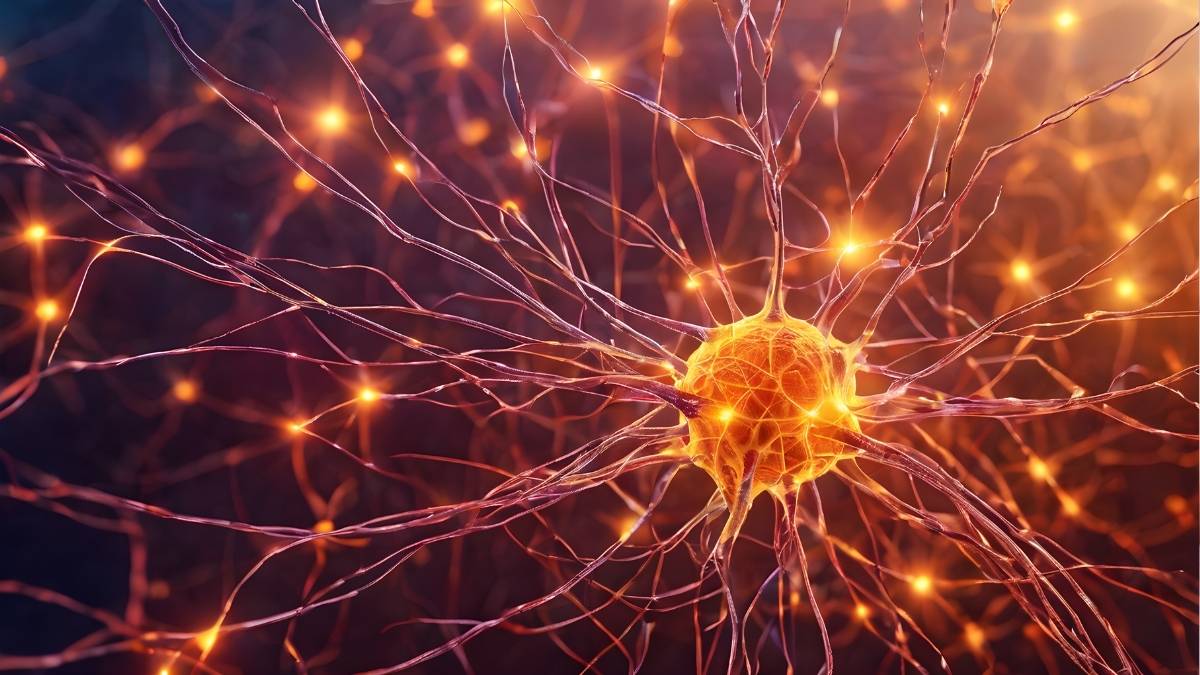
But what if damage is already starting? A 2023 study looked at people who already had plaques (a sign of Alzheimer’s) in their brains. Those who ate MIND diet foods still had much sharper memories.
Their thinking skills were equal to someone 7.5 years younger. The diet’s nutrients seem to build a “protective buffer” for your brain. This buffer is called cognitive reserve.

This reserve helps your brain work well, even if some damage is present. It shows your daily food choices can give you real protection. You have more power over your brain health than you might think.
Your Simple Plan: The 10 “Brain-Healthy” Foods to Eat
This is the best part of the MIND diet food list. It’s not about perfection or hard rules. It’s about adding more of the foods that are proven to help your brain.
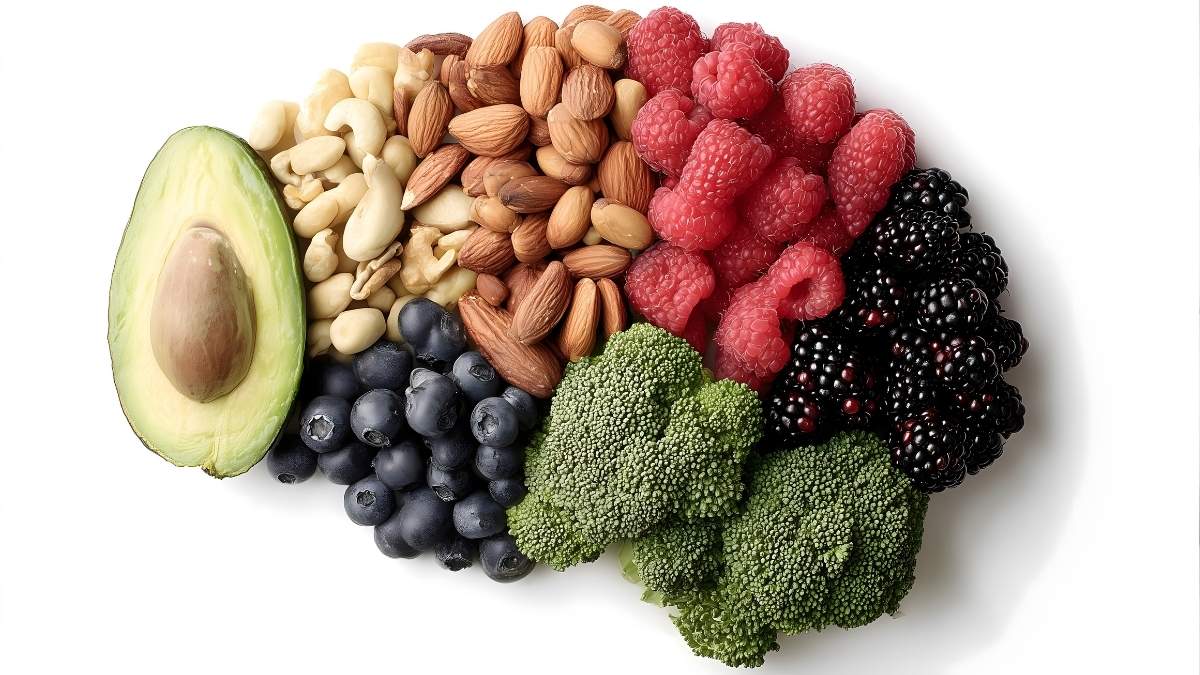
Your goal is to eat more from this list of 10 brain-healthy foods. Don’t stress if you miss a day. Just aim to include these in your meals as often as you can.
1. Green Leafy Vegetables (The #1 Priority)
This is the most important group. Aim for six or more servings a week. A serving is one cup raw or a half-cup cooked.
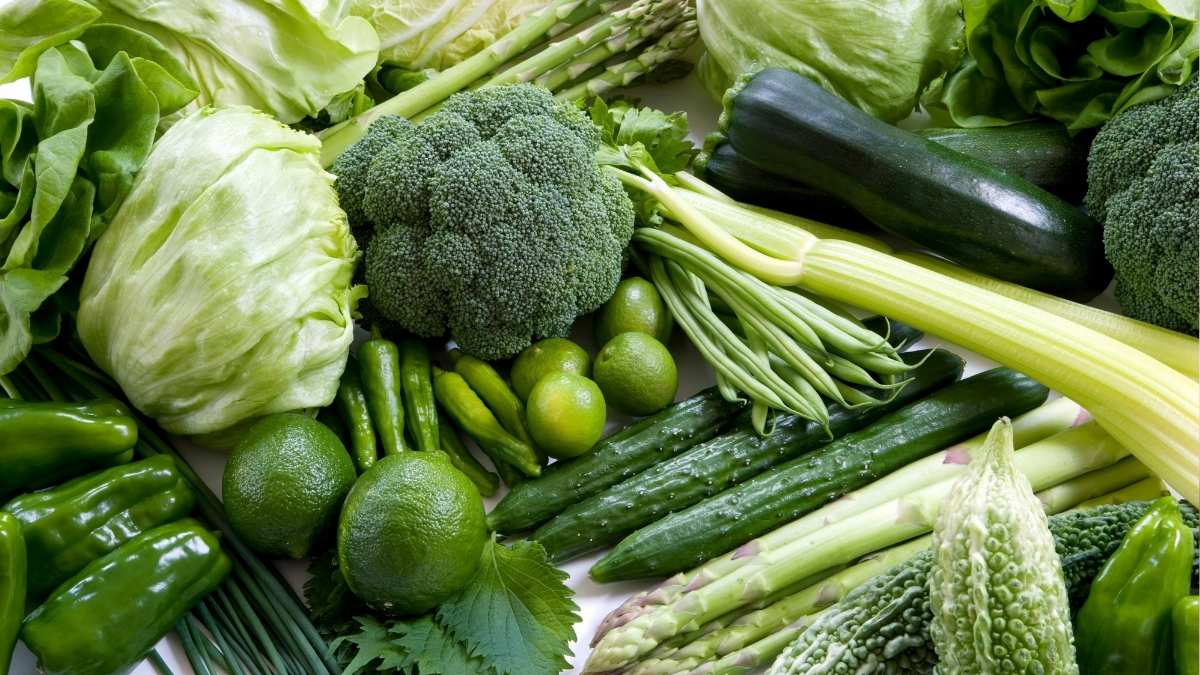
This includes spinach, kale, collards, and lettuce. They are packed with nutrients like folate and vitamin E. These are known to help slow cognitive decline.
2. Berries (Especially Blueberries)
Eat berries at least two times a week. A serving is a half-cup. While all berries are good, blueberries are the ones most studied for memory.
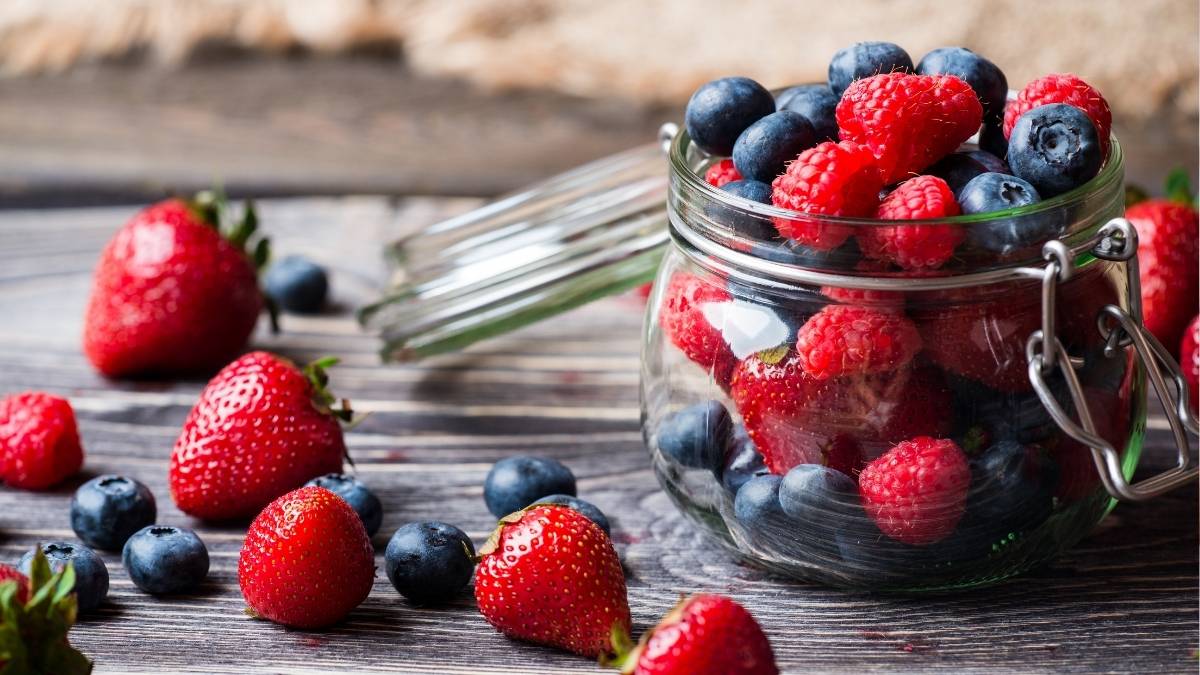
They are one of the best foods that fight Alzheimer’s. Their flavonoids (a type of antioxidant) help clean up damage in the brain. Frozen berries are just as good as fresh.
3. All Other Vegetables
On top of your leafy greens, add one or more servings of other veggies every day. A serving is a half-cup cooked or one cup raw.

Try to get a mix of colors. Carrots, bell peppers, broccoli, and snap peas are all great. The variety gives your brain a wider range of helpful nutrients.
4. Nuts
This is an easy snack. Try to eat five or more servings of nuts each week. A serving is a small handful (about a quarter-cup).
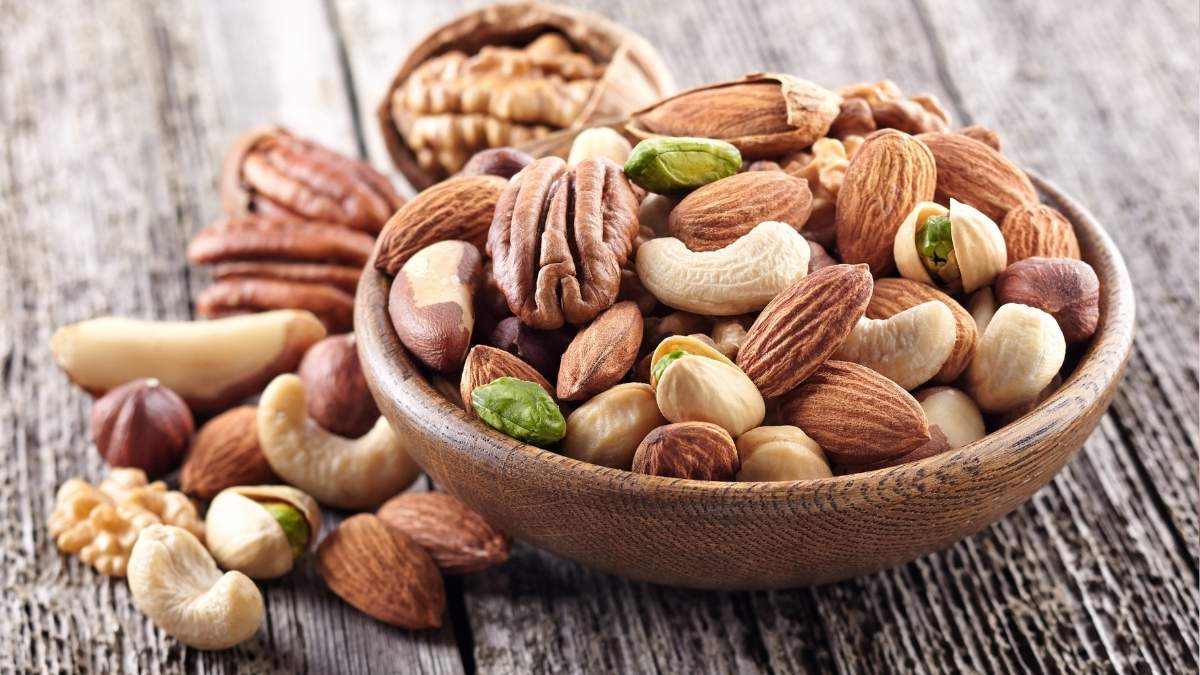
Walnuts are a great choice because they are high in omega-3s. Almonds are also good. Choose unsalted and raw nuts when possible.
5. Olive Oil
Make this your main cooking oil. Use it in place of butter or margarine. The goal is to use it as your primary fat when you cook or make dressings.

Extra virgin olive oil is the best choice. It is high in healthy fats and antioxidants. It helps lower inflammation, which is good for your brain.
6. Whole Grains
Aim for three or more servings a day. A serving is a half-cup of cooked grain (like oatmeal or brown rice) or one slice of whole-wheat bread.
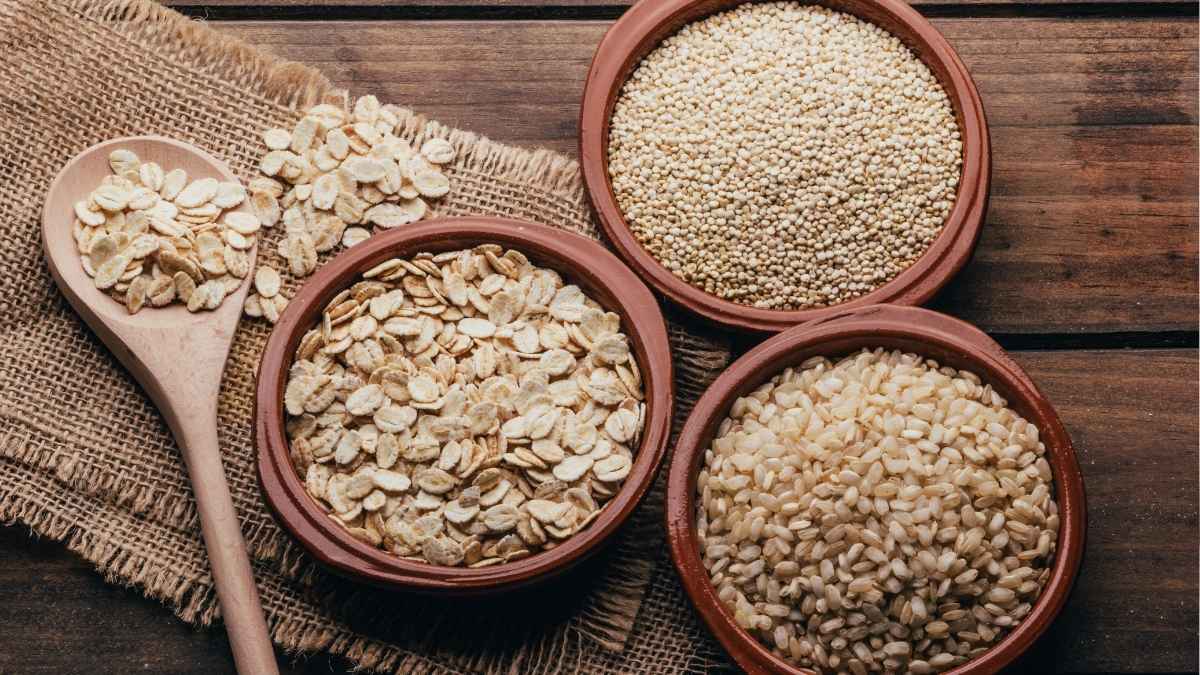
These are “slow” carbs that give your brain steady energy. Look for “100% whole grain” on the label. Quinoa, oatmeal, and brown rice are great.
7. Fish (Non-Fried)
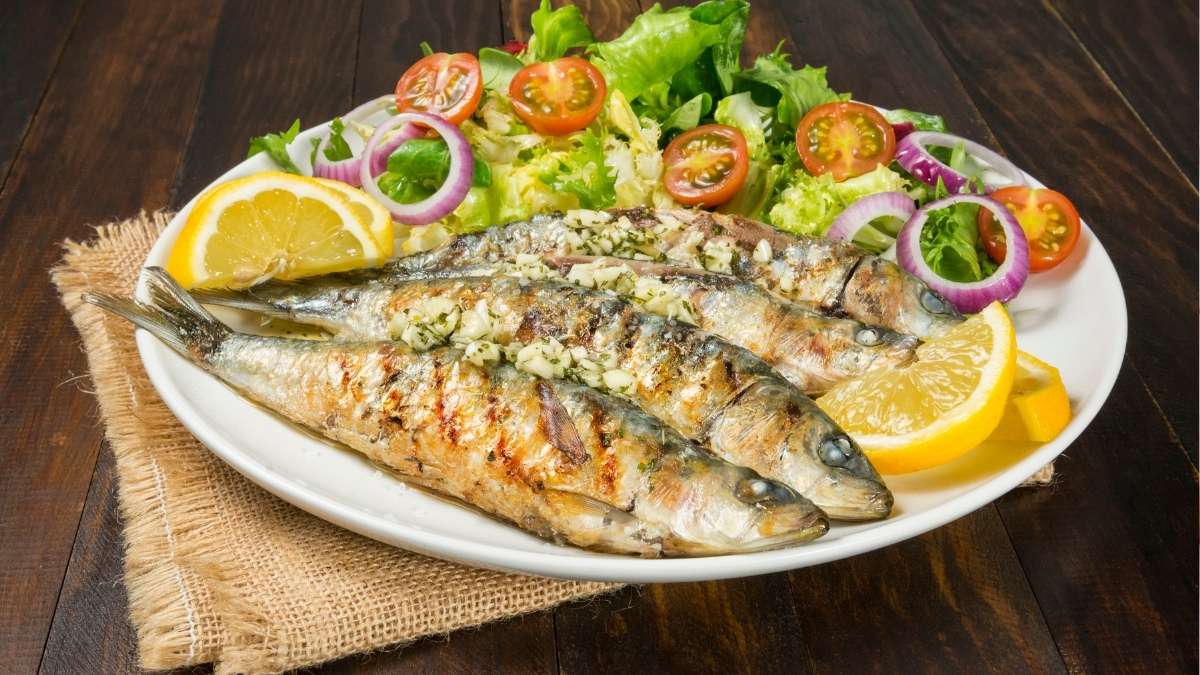
Eat fish at least one time a week. Oily fish like salmon, mackerel, and sardines are best. They are full of omega-3 fatty acids.
These fats are critical for building brain cells. Avoid fried fish. Baked, grilled, or broiled are the healthiest ways to cook it.
8. Beans, Lentils, and Legumes
This is a cheap and powerful food group. Eat beans four or more times a week. A serving is a half-cup, cooked.
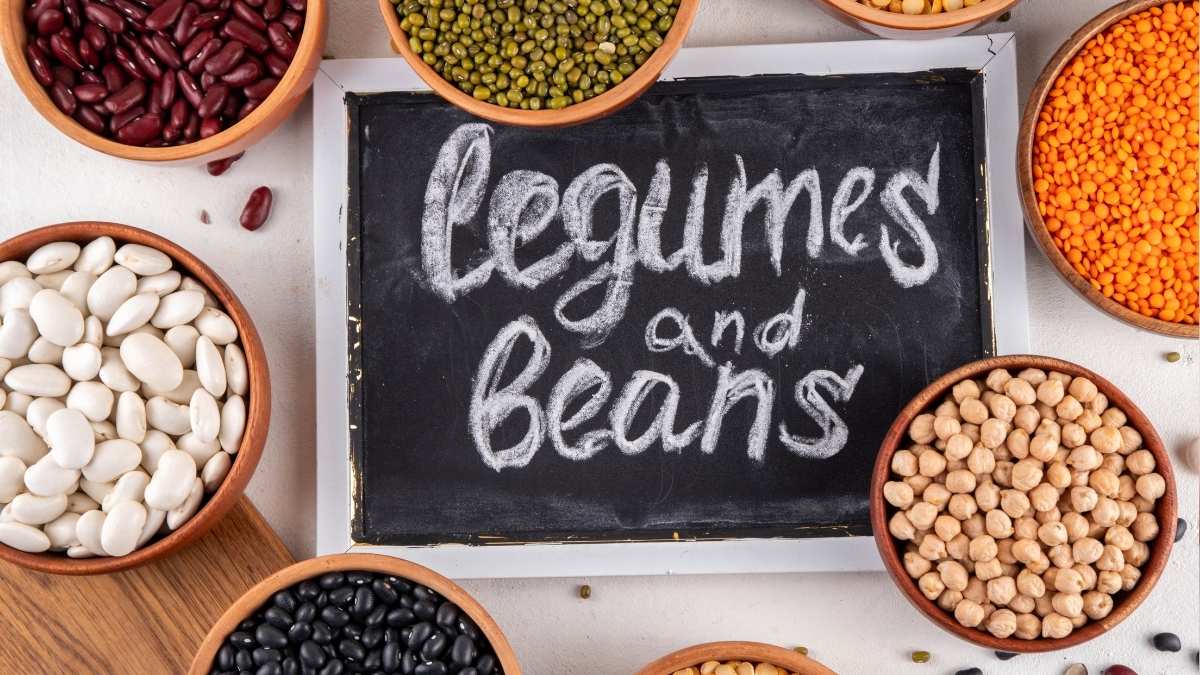
This includes all beans, lentils, and chickpeas. They are high in fiber and protein. They keep your blood sugar steady, which protects your brain.
9. Poultry (Non-Fried)
Eat poultry, like chicken or turkey, two or more times a week. This is a healthier choice than red meat.
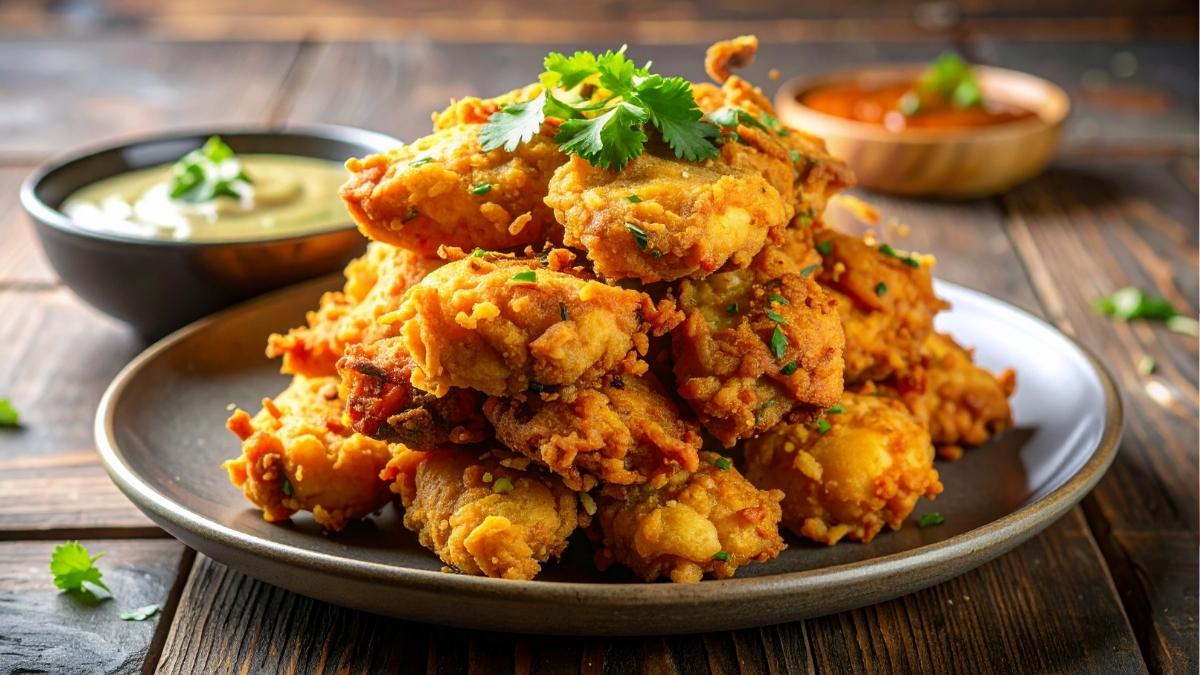
It’s important how you cook it. Choose baked or grilled options. Fried chicken from a fast-food place does not count.
10. Wine (Optional)
This one is not for everyone. If you already drink, the diet suggests no more than one glass a day. Red wine is often chosen for this.

This is not a reason to start drinking. If you do not drink, skip this step. The benefits do not outweigh the risks if you don’t already drink.
What to Avoid: 5 Food Groups to Limit on the MIND Diet</h2>
The MIND diet food list isn’t about cutting everything you love—it’s about balance. You don’t have to give up your favorite foods forever. You just eat less of the ones that can hurt your brain over time.
Here are the 5 food groups to limit for better memory and long-term brain health:
1. Red Meat – Less than 4 servings per week
Too much red meat can raise cholesterol and inflammation, both linked to memory decline.
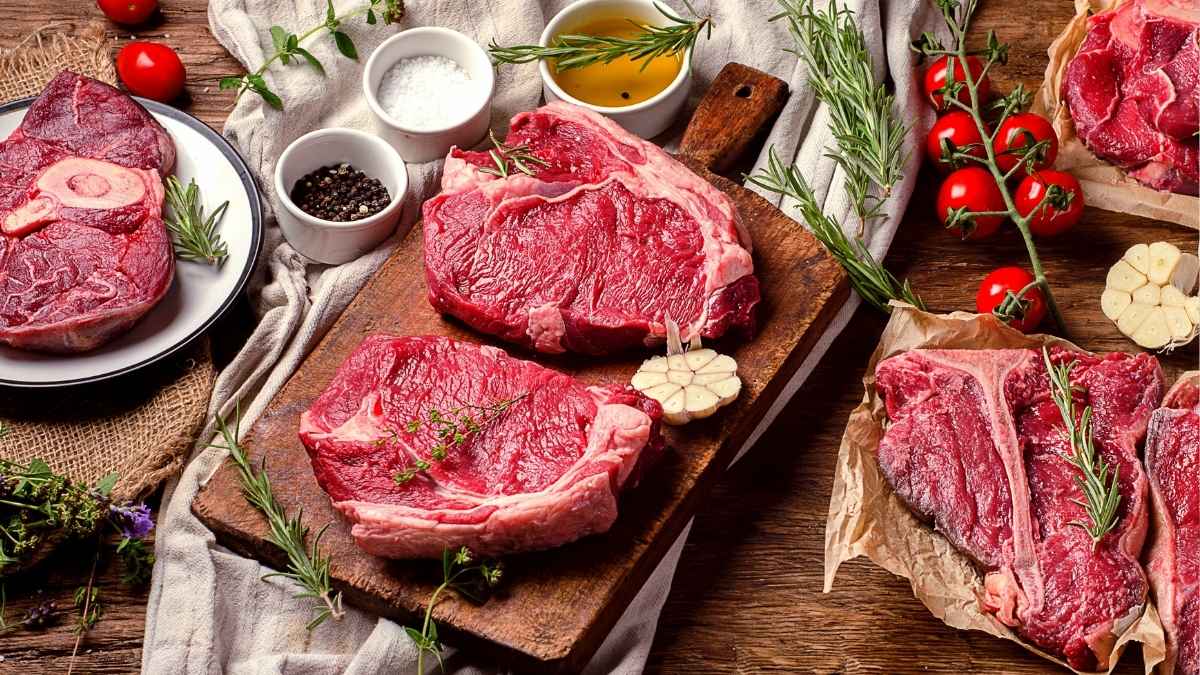
Choose lean cuts or swap for fish or beans a few times a week.
2. Butter and Margarine – Less than 1 tablespoon per day
High in saturated fats, these can clog arteries and slow blood flow to the brain.

Use olive oil instead—it’s heart- and brain-friendly.
3. Cheese – Less than 1 serving per week
Cheese tastes great but adds a lot of fat and salt.
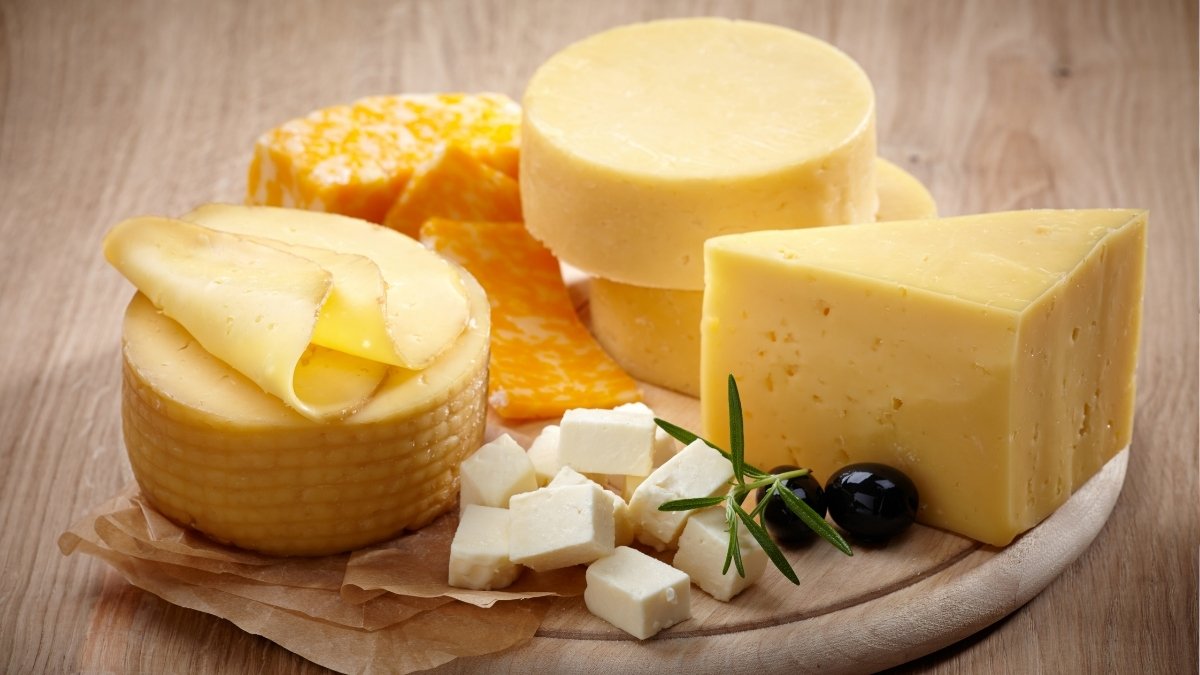
Enjoy it as an occasional treat, not a daily snack.
4. Pastries and Sweets – Less than 5 servings per week
Cookies, cakes, and candy spike blood sugar and add empty calories.

Try fruit or dark chocolate instead.
5. Fried and Fast Food – Less than 1 serving per week
These foods are loaded with unhealthy oils. Over time, they increase the risk of memory loss and poor focus.
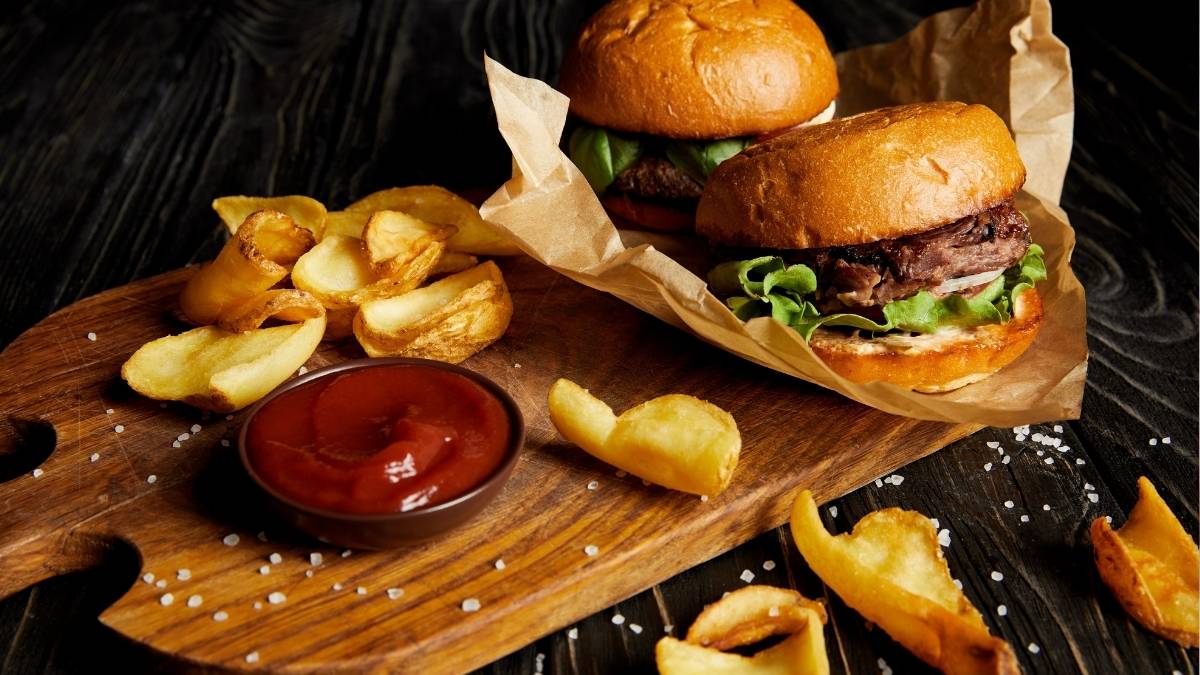
Remember: The MIND diet isn’t about perfection—it’s about progress. Every small change helps protect your brain and body.
Conclusion:
Your genes do not have the final say. That’s the most important thing to remember. The MIND diet for memory is a simple and powerful tool to help protect your brain.
Science shows it can help build a stronger, more resilient brain. You have the power to protect your memory with diet. Following the MIND diet for memory is one of the best steps you can take for your long-term cognitive health.

You don’t need to change everything today. Start with one small step. This week, can you add one more serving of leafy greens to a meal or swap one sugary snack for a handful of berries? Your brain will thank you for it.


